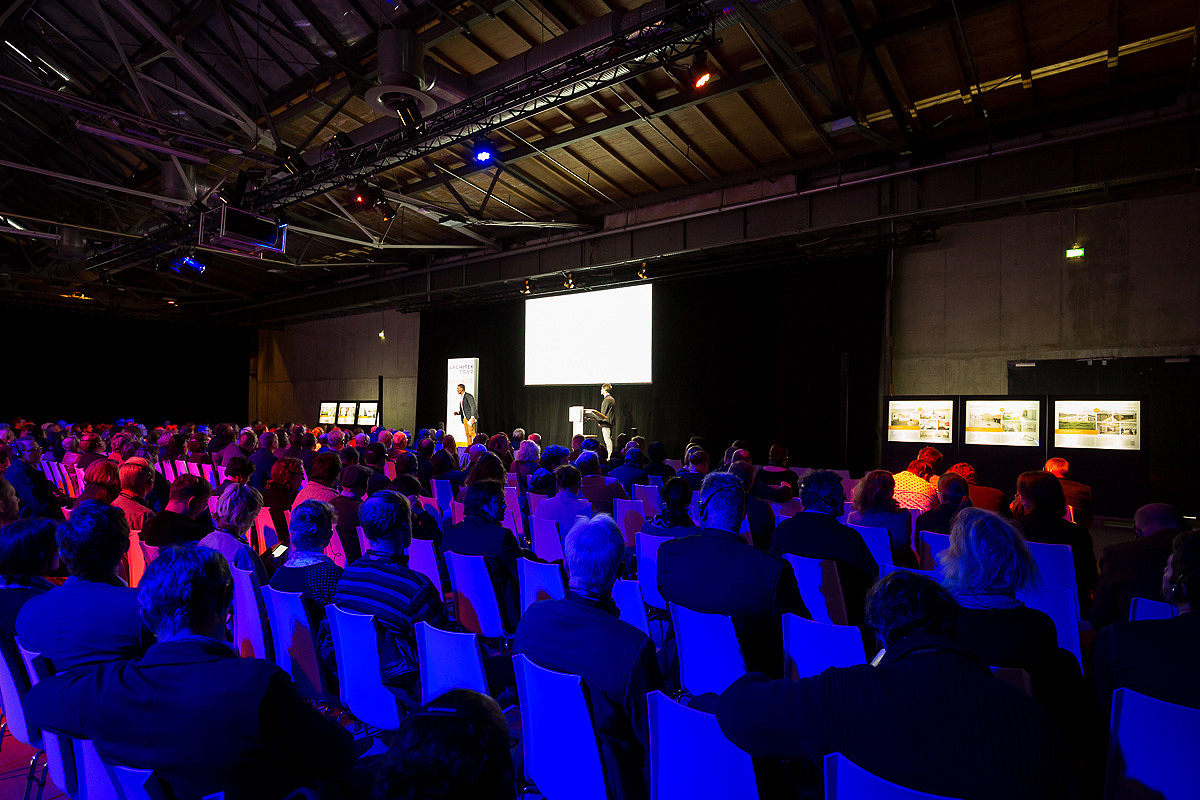
Lecture
Antonino Cardillo
Long ago, I read in Martin Heidegger’s Letter on Humanism the following phrase: “In thinking, the Being reaches language. Language is the house of Being. In its home man dwells. Those who think and those who create with words are the guardians of this home.”[1] This phrase was referring to the architectural topics of ‘living’, ‘house’ and ‘language’. According to Heidegger, language thus seemed to be a research into the origin of meaning of words. For much that has been built in the world, the presence of the ‘words’ Vault, Grotto and Arch has been constant. The modern age, on the other hand, had progressively removed these ancient ‘words’ from current usage. New ‘words’, which referred to the machine age, were introduced. A deterministic letter on the phenomenon interpreted such substitution as a consequence of the introduction of new techniques of construction, made possible by the advent of the Industrial Revolution (concrete, iron and glass). But, despite this, the ‘words’ Vault, Grotto and Arch still inhabit our imagination. They embody archetypes that still move us today.[2] According to Heidegger, “language is the house of the Being”, so, its happening in time could reveal to us the hidden structure of that historicity that it makes possible. The ‘words’ Vault, Grotto, Arch happen in the exercise of the psychological function of Sensation: that possibility of transfiguring the experience that we make in the world, through our body, in architecture. Modern architecture seemed to have lost this erotic-sacral discourse. Its forms appeared as consequences of logical thought, whose overvaluation inhibits all possible integral knowledge of reality.
In 1824, the student of antiquities Jakob Ignaz Hittorff discovered in Sicily traces of colour on a small temple, among the ruins of the ancient city of Selinunte.[3] He thus hypothesised that the Greek temples could not have been white. Up to then, European society had focused on the historic prejudice of Greek purity, the legitimacy of its action in the world. This phenomenon of identification still persists today, but this instance of purity does not come from a ‘classical’ past, as those who ‘use’ history to legitimise their actions would have us believe, but it is a consequence of the machine age. A consequence of that scientific interpretation of the world that finds representation in the science laboratory of the Century of the Enlightenment. That reveals the nature of the problem: the civilising European instance, which to this day pervades large parts of its ex-colonies, is founded on the primacy of the psychological function of Thought. Thus, in realising that ideal of purity which culminates in the absolutism of the white, modern architecture reveals the pattern of behaviour that moves it. Polychromy, on the other hand, speaks of the inclusive nature of the ‘classical’. Colour refers to the things of the world: the sea, the land, the forest and the sky. Colour possesses the power of evocation: sequentially and in associations, polychromy renders possible the universal language of architecture.

Antonino Cardillo, ‘Vaults, grottoes, arches and polychromy’, paper presented to the Heinze ArchitekTOUR Congress, STATION-Berlin, Hall 3, Berlin, 23 Nov. 2017. Photography: Marcus Jacobs
Notes
- ^ Martin Heidegger, Über den Humanismus, Klostermann, Frankfurt am Main, 1949; En. ed., ‘Letter on Humanism’, Basic Writings: Martin Heidegger, Routledge, London, 1977.
- ^ Carl Gustav Jung, Psychologische Typen,[↗] Rascher & Cie. Verlag, Zurich, 1921; It. ed., Tipi Psicologici, Bollati Boringhieri, Turin, 2016, p. 493.
- ^ Jakob Ignaz Hittorff, Restitution du Temple d’Empédocle a Sélinonte, Ou l’Architecture Polychrôme chez les Grecs.,[↗] Librairie de Firmin Didot Frères, Paris, 1851.